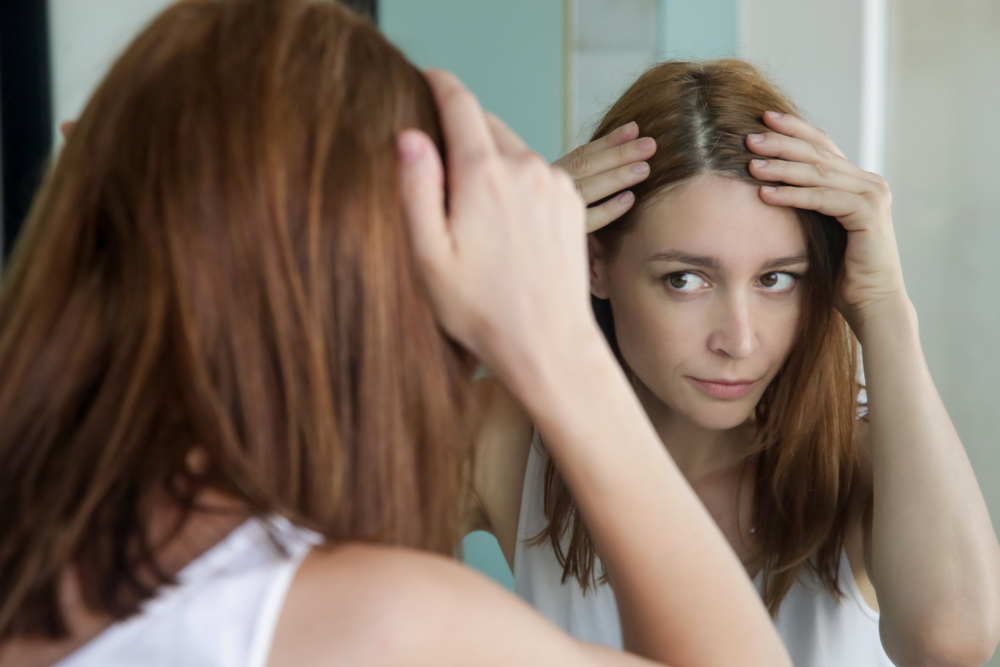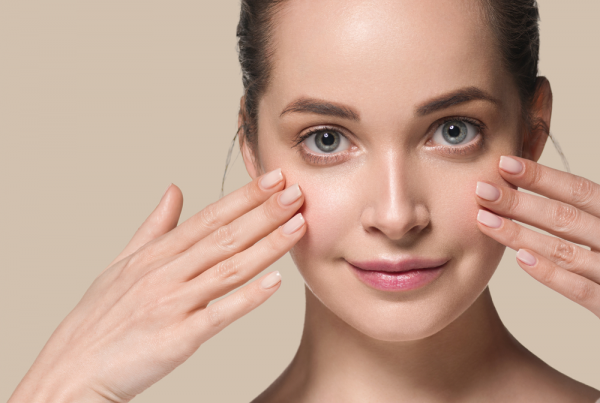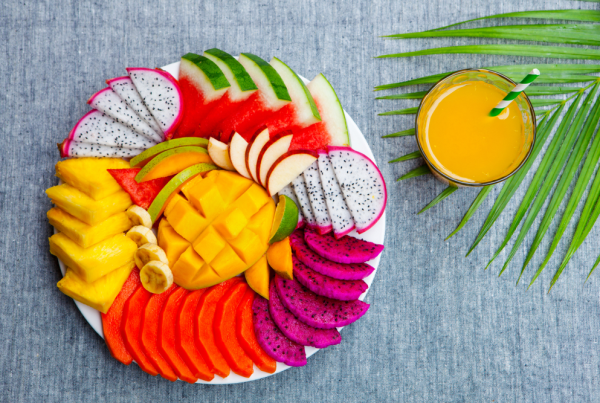The skin on your scalp, like the skin on your face and body, requires plenty of TLC in order to grow healthier, more luscious locks. When you start to notice fuller, bouncy hair that is flake-free and shinier than ever before, this small act of self-care will all be worth it. Yes, attending to your scalp’s needs might add a few more minutes to your shower routine.
How Should a Healthy Scalp Look?
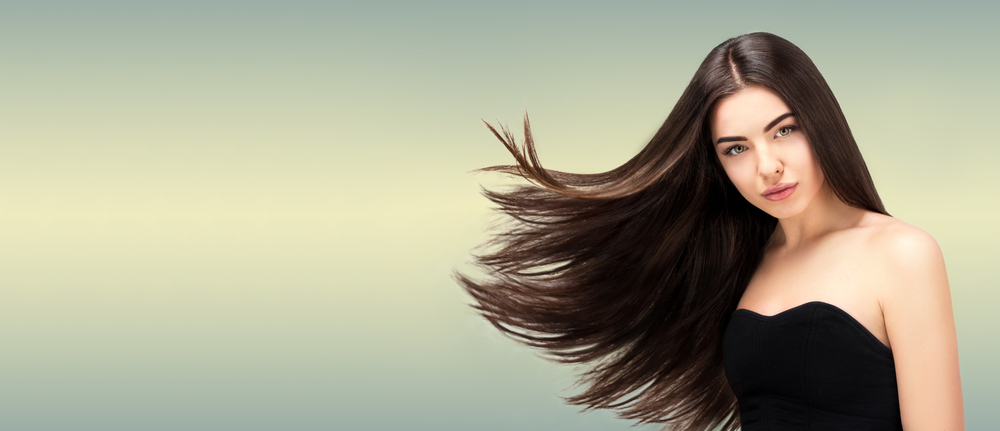 Since your scalp is covered in a forest of hair, it can be difficult to tell whether your scalp is in good health and happiness—but it’s worth checking. “It’s critical to maintain a healthy scalp because this is where the hair follicles reside and where your hair begins to grow,” says Dr. Michele Green, a board-certified dermatologist in New York. “A healthy scalp should be free of flakes, irritation, or redness, as well as dryness, infection, or disruption of the skin on the scalp.”
Since your scalp is covered in a forest of hair, it can be difficult to tell whether your scalp is in good health and happiness—but it’s worth checking. “It’s critical to maintain a healthy scalp because this is where the hair follicles reside and where your hair begins to grow,” says Dr. Michele Green, a board-certified dermatologist in New York. “A healthy scalp should be free of flakes, irritation, or redness, as well as dryness, infection, or disruption of the skin on the scalp.”
Any itching, stinging, or burning feelings could be symptoms of a problematic scalp. According to Dr. Kari Williams, a board-certified trichologist, licensed cosmetologist, and member of DevaCurl’s Expert Curl Council, “a healthy scalp is free of flakes, pimples, and dry patches—the scalp will look clean, smooth, and moisturized with no breaks or cuts in the surface.”
Common Scalp-Health Concerns
If your scalp is scratchy and dry,
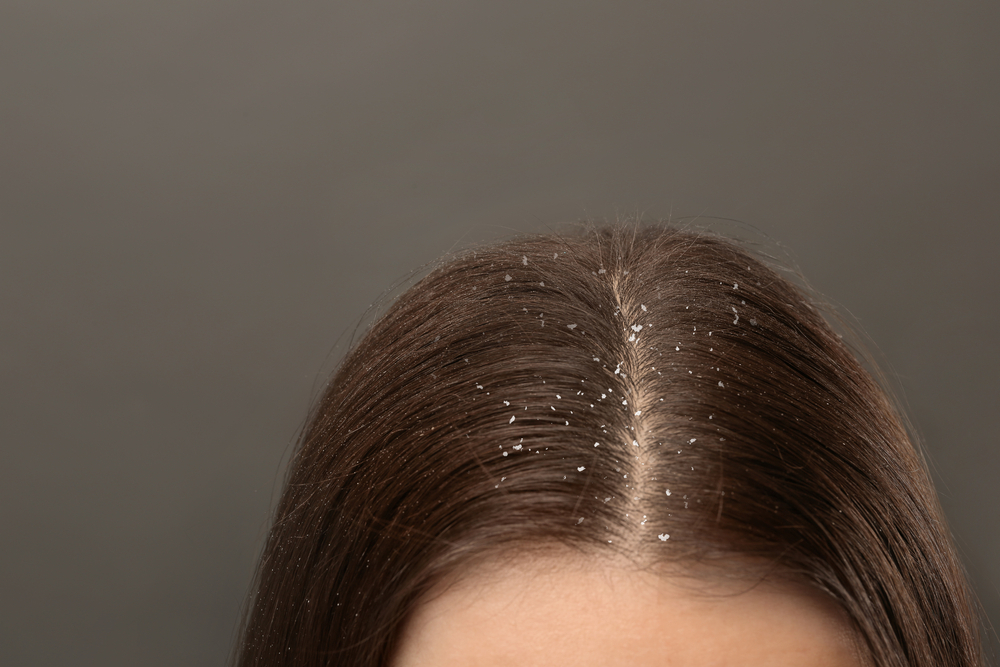 You might need to figure out what’s causing your skin to dry out. Look for loose, white, powdery flakes that sit in the hair to identify a dry scalp. Dry scalp is brought on by irritated skin that starts to flake off. According to Dr. Williams, a dry scalp can be brought on by extreme cold, dry air, an allergic reaction, or contact dermatitis from products you use on your scalp. Shampoos, gels, hairspray, and conditioners can cause allergic reactions in some people.
You might need to figure out what’s causing your skin to dry out. Look for loose, white, powdery flakes that sit in the hair to identify a dry scalp. Dry scalp is brought on by irritated skin that starts to flake off. According to Dr. Williams, a dry scalp can be brought on by extreme cold, dry air, an allergic reaction, or contact dermatitis from products you use on your scalp. Shampoos, gels, hairspray, and conditioners can cause allergic reactions in some people.
If you’re observing flake marks on your black t-shirt…
 You could have dandruff. Skin cells with a white or yellowish hue make up dandruff flakes. This condition is brought on by excessive oil production on the scalp, which leads to an accumulation and subsequent shed of extra skin cells. Your dandruff may be the result of a scalp condition like psoriasis or eczema, or “an excess of malassezia (a yeast like fungus) [that] can cause dandruff,” according to Dr. Green. Inadequate hair washing, stress, hormones, aging, and changes in temperature are possible additional causes of dandruff (like cold weather).
You could have dandruff. Skin cells with a white or yellowish hue make up dandruff flakes. This condition is brought on by excessive oil production on the scalp, which leads to an accumulation and subsequent shed of extra skin cells. Your dandruff may be the result of a scalp condition like psoriasis or eczema, or “an excess of malassezia (a yeast like fungus) [that] can cause dandruff,” according to Dr. Green. Inadequate hair washing, stress, hormones, aging, and changes in temperature are possible additional causes of dandruff (like cold weather).
If you have a problem with too much oil and product buildup…
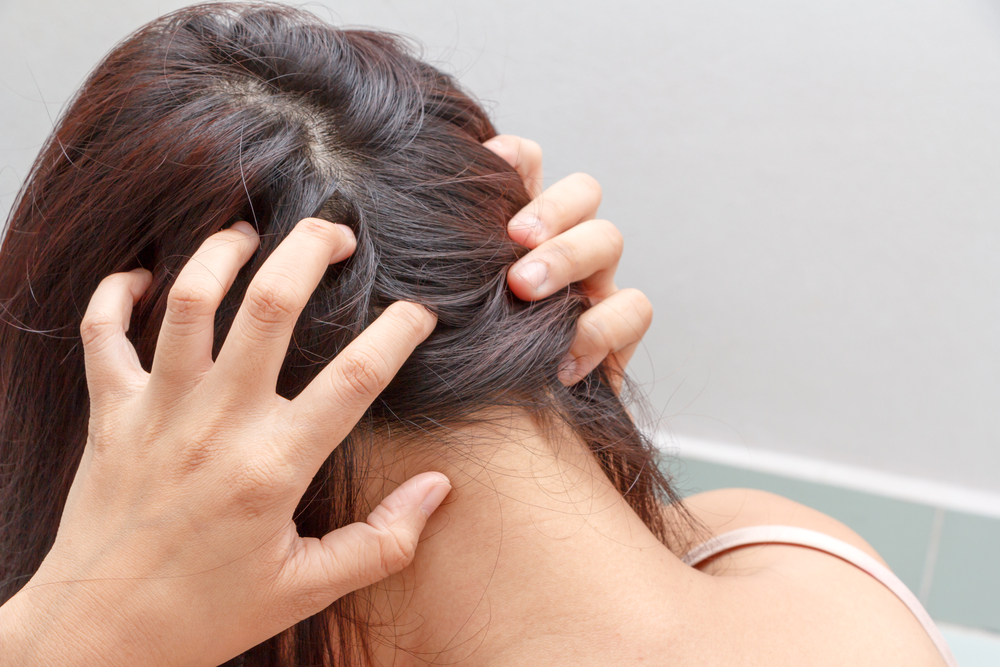 You may want to alter your hair-care regimen. According to Dr. Williams, product buildup on the scalp results from irregularly cleansing it thoroughly. “Adding a clarifying shampoo to your hair-care routine is a quick and simple fix.” Applying the clarifying shampoo directly to the scalp and massaging it in completely with your fingertips will help to gently remove product buildup from the scalp.
You may want to alter your hair-care regimen. According to Dr. Williams, product buildup on the scalp results from irregularly cleansing it thoroughly. “Adding a clarifying shampoo to your hair-care routine is a quick and simple fix.” Applying the clarifying shampoo directly to the scalp and massaging it in completely with your fingertips will help to gently remove product buildup from the scalp.
If you’re able to see more of your scalp than you’d like to…
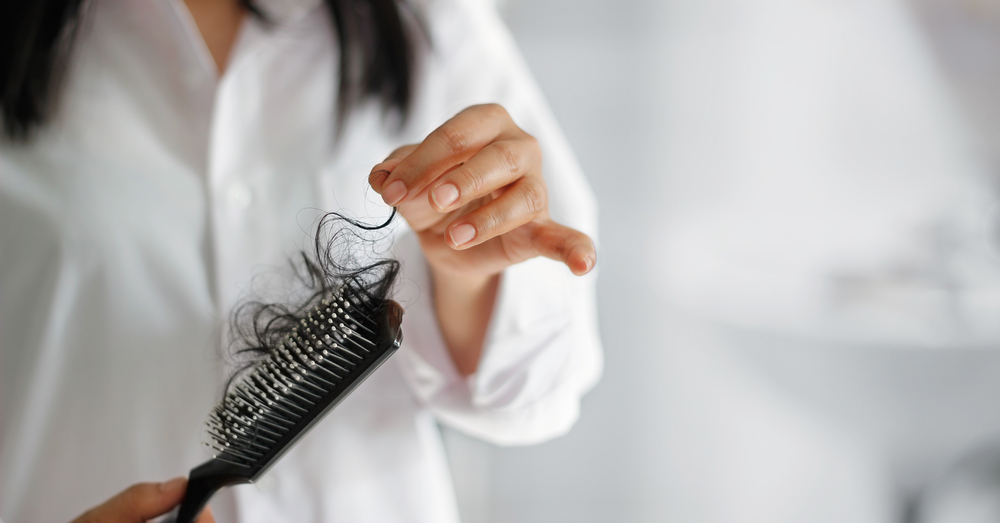 You may be experiencing hair loss. When hair follicles begin to gradually contract, the scalp becomes dry, which further harms the hair follicles and leads to hair loss. According to Dr. Green, when this occurs, the hairs gradually get thinner until they completely stop growing.
You may be experiencing hair loss. When hair follicles begin to gradually contract, the scalp becomes dry, which further harms the hair follicles and leads to hair loss. According to Dr. Green, when this occurs, the hairs gradually get thinner until they completely stop growing.
Hereditary factors, hormonal changes, strenuous styling methods, or more transient conditions can all contribute to hair loss. “Most non-scarring forms of hair loss caused by dietary changes, medications, or illness are temporary, and the hair will grow back once the body is back in balance,” says Dr. Williams.

